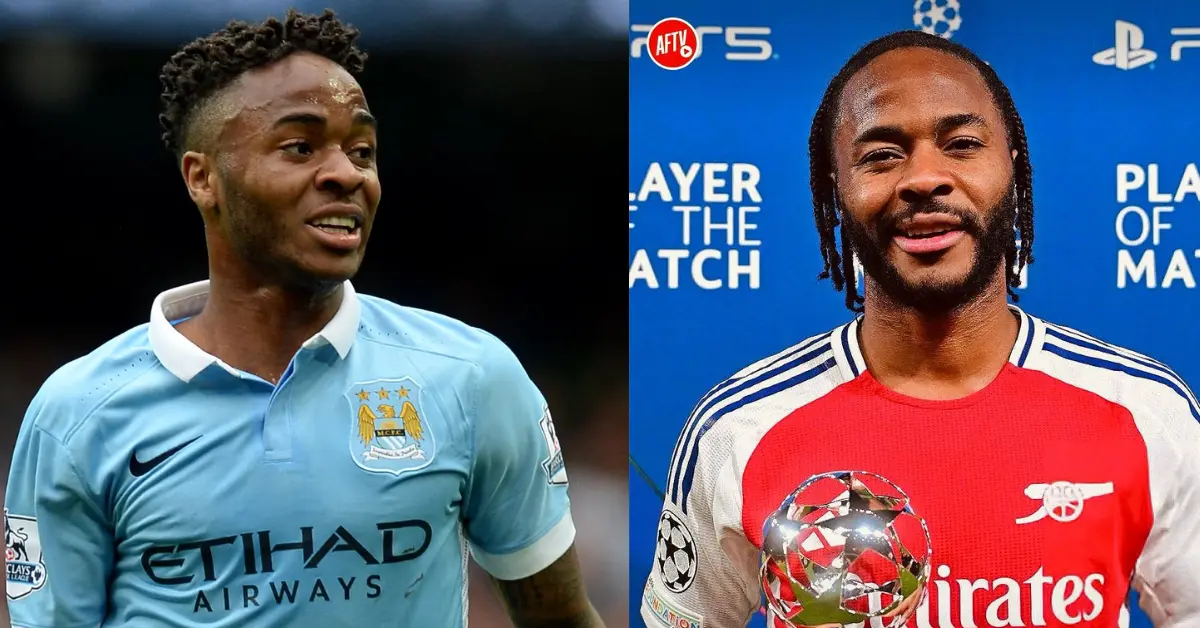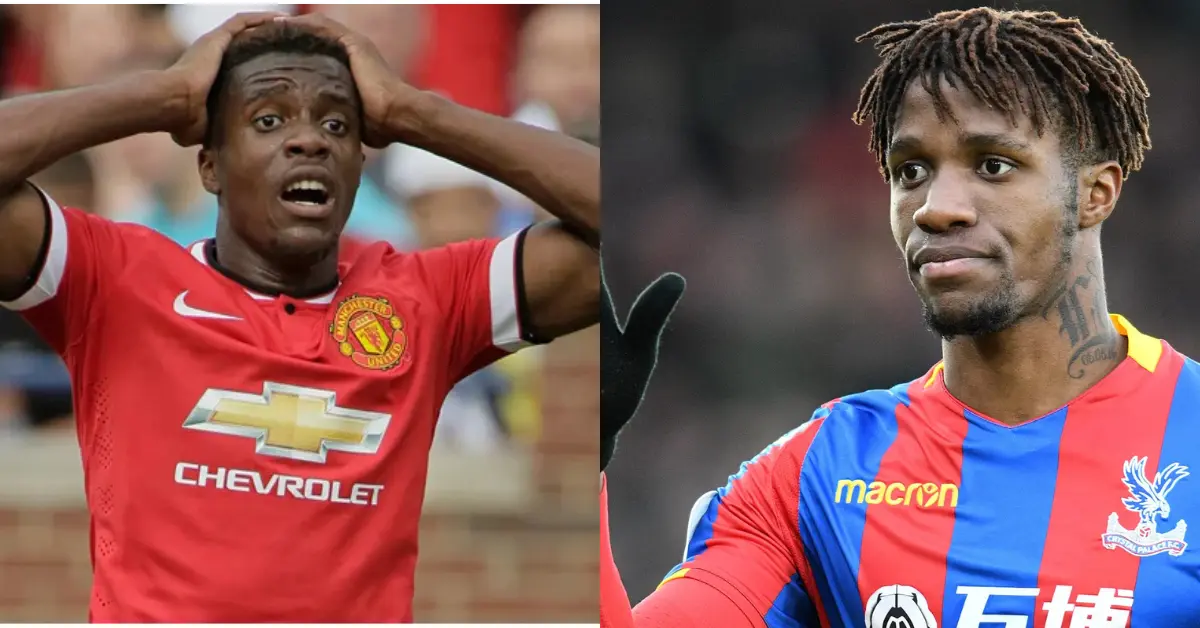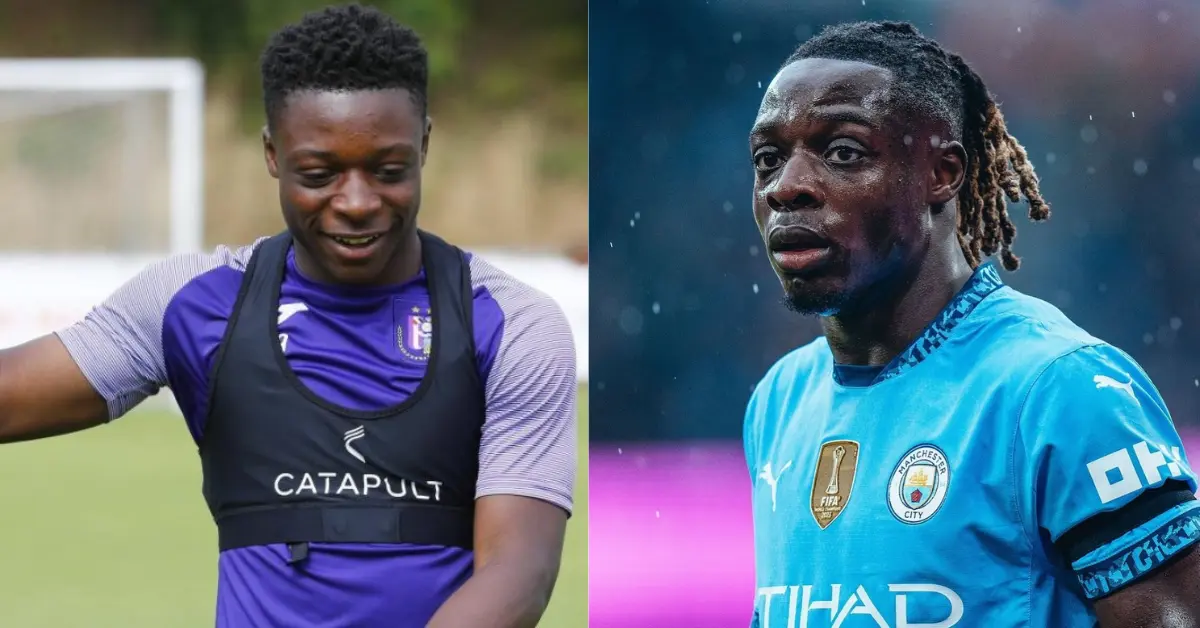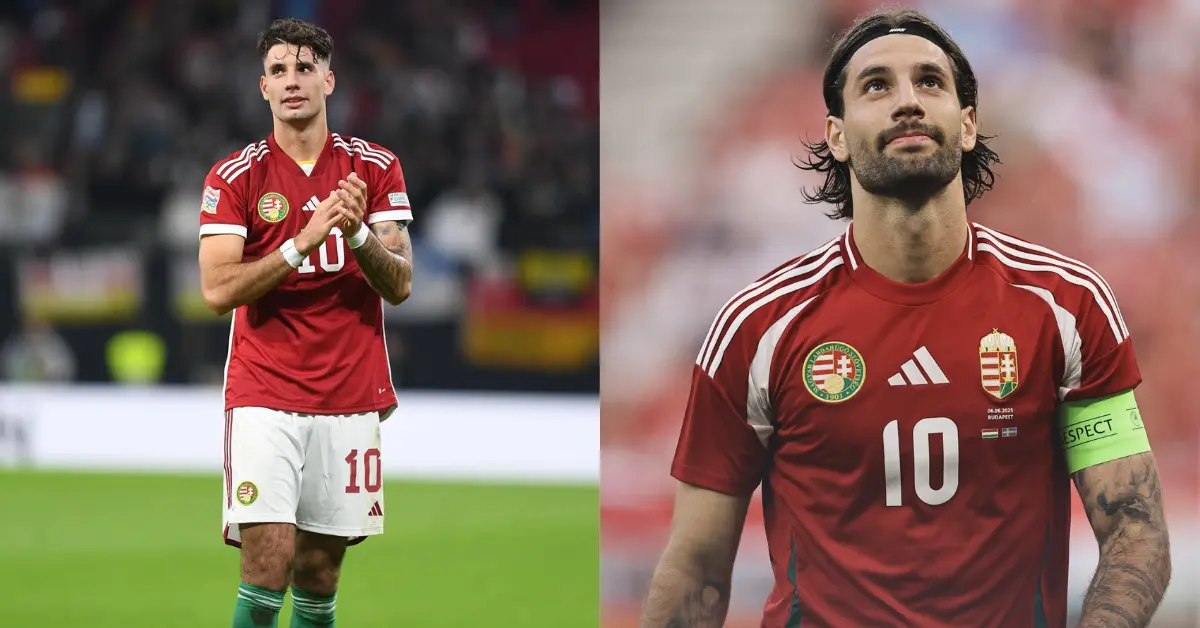King Kong Bundy Then and Now
King Kong Bundy Then
King Kong Bundy, born Christopher Alan Pallies in Woodbury, New Jersey, on November 7, 1955, grew up in a working-class family.
His father, Donald Pallies, was a railroad freight agent, while his mother, Margret (McCarthy) Pallies, worked as a department store clerk.
Growing up in Sewell, New Jersey, Bundy attended Washington Township High School, where he developed a passion for wrestling.
Graduating in 1974, Bundy excelled in the sport as a heavyweight on the school’s wrestling team.
During his high school career, he captured two regional titles, showcasing his strength and talent early on.
Bundy was part of a large family with three brothers and two sisters.

Wrestling ran in the family, as his brother Jeff also competed on the high school wrestling team.
Jeff continued his wrestling career at Glassboro State College, now Rowan University, where he became a two-time Metro Conference champion.
The competitive spirit in the Pallies family laid the groundwork for Bundy’s later success in professional wrestling, where he would become known worldwide as King Kong Bundy.
Related Article: Nikolai Volkoff Then and Now
King Kong Bundy Wrestling Career
King Kong Bundy, whose real name was Christopher Alan Pallies, was trained by renowned wrestling trainer Larry Sharpe at the famous “Monster Factory” in Bellmawr, New Jersey.
He made his professional wrestling debut on March 7, 1981, in the World Wrestling Federation (WWF) under the ring name “Chris Canyon.”
During the early stages of his career, he wrestled under various names, including “Chris Cannon.” Pallies gained initial attention with a victory over Strong Kobayashi on July 10, 1981, marking his first win in the WWF.
Related Article: Tony Garea Then and Now
In 1982, Pallies moved to Texas and joined World Class Championship Wrestling (WCCW), where he was developed by the Von Erich family.
Initially presented as a babyface under the moniker “Big Daddy Bundy,” a tribute to British wrestling star Shirley Crabtree’s “Big Daddy,” Bundy wore blue jeans and a rope belt.
However, after a falling out with the Von Erich family, he turned heel and was dramatically rebranded as “King Kong Bundy.”
This transformation involved a new ring attire, a black singlet, and a new persona named after the famous cinematic monster, King Kong.
During this period, Bundy lost his hair, a change that became a defining feature of his iconic look.
Related Article: Sgt. Slaughter Then and Now
His feud with Fritz Von Erich culminated in a match at Fritz’s retirement show in 1982 at Texas Stadium.
Bundy’s career expanded beyond Texas as he competed in various wrestling territories, including the American Wrestling Association (AWA) and Georgia Championship Wrestling.
In Georgia, he teamed up with the Masked Superstar to defeat the Road Warriors for the NWA National Tag Team Championship.
Bundy also developed a signature gimmick in Mid-South Wrestling, where he would demand a five-count instead of the traditional three-count after dominating opponents in squash matches, further solidifying his status as a powerhouse.
Related Article: Don Muraco Then and Now
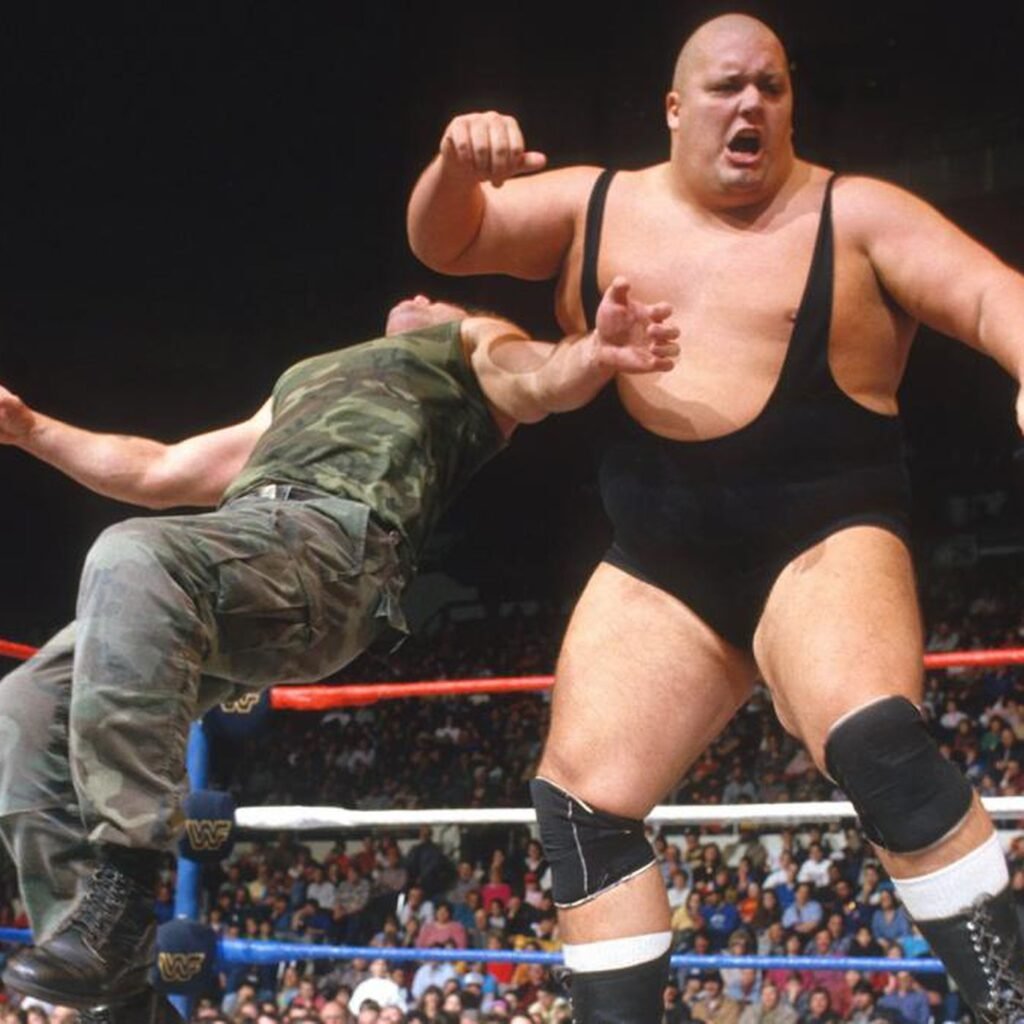
Throughout this period, Bundy also appeared in Memphis, often teaming with notable wrestlers like Rick Rude and Jim Neidhart against local heroes such as Jerry Lawler.
In 1985, Bundy returned to the WWF, officially debuting on the March 16 episode of WWF Championship Wrestling, where he defeated Mario Mancini.
Initially managed by Jimmy Hart, Bundy was given an immediate push, dominating opponents with his imposing size and brutal offense.
He reprised his five-count gimmick, demanding referees count to five to emphasize his overwhelming strength.
Related Article: Bruno Sammartino Then and Now
At the first WrestleMania in 1985, Bundy famously defeated S.D. Jones in a match announced as lasting just nine seconds, though the actual time was closer to 17 seconds. This match remained the shortest in WrestleMania history until 2008.
In late 1985, Bundy’s manager was switched from Jimmy Hart to Bobby “The Brain” Heenan, marking his entry into the Heenan Family.
This change set up a major feud with André the Giant, beginning when Bundy and his partner, Big John Studd, injured André during a televised match.
The rivalry led to high-profile matches on Saturday Night’s Main Event and a showdown at Madison Square Garden called “The Colossal Jostle.”
Related Article: Tito Santana Then and Now
Bundy’s rivalry with André the Giant was followed by his pursuit of Hulk Hogan’s WWF World Heavyweight Championship.
Their feud peaked at WrestleMania 2, where Hogan defended his title against Bundy in a steel cage match, which Hogan ultimately won.
After his title chase, Bundy and Studd continued as a dominant tag team, feuding with The Machines and The British Bulldogs.
However, after Studd left the WWF, Bundy returned to singles competition.
At WrestleMania III, Bundy participated in a unique mixed six-man tag match involving midget wrestlers, which ended in controversy when Bundy attacked his own teammate, Little Beaver, leading to a disqualification.
Related Article: Jerry Lawler Then and Now
Bundy’s WWF run continued through 1987, highlighted by a victory over Hulk Hogan via count-out on Saturday Night’s Main Event.
Despite no longer being featured prominently on television in 1988, Bundy continued to wrestle in house shows before leaving the WWF later that year to enter semi-retirement.
During this period, Bundy appeared sporadically in independent promotions, including a main event match at Eastern Championship Wrestling’s inaugural November to Remember in 1993 and a victory over Papa Shango in NWA New Jersey in 1994.
Related Article: Ivan Putski Then and Now
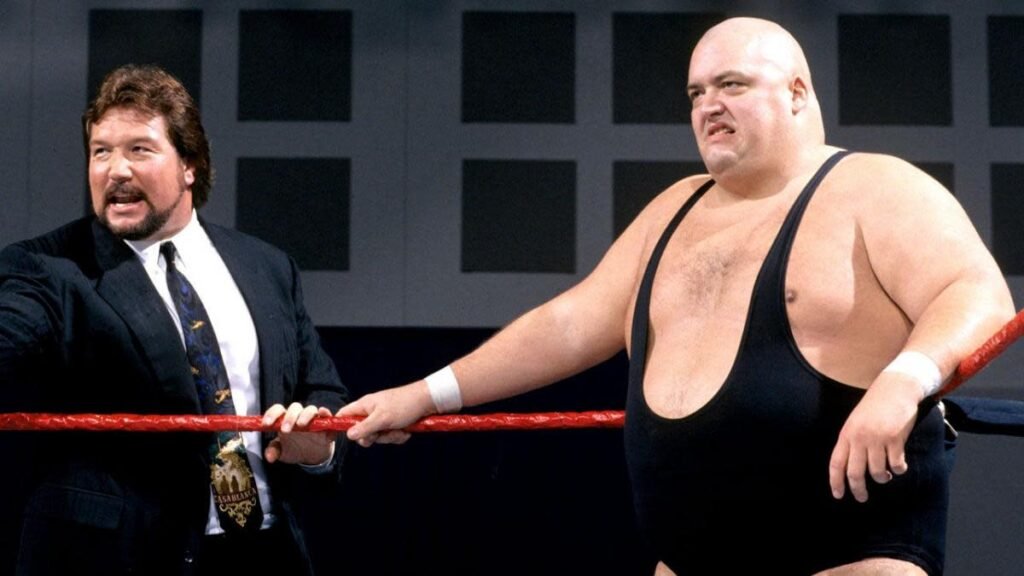
Bundy made a notable return to the WWF in 1994 as part of Ted DiBiase’s “Million Dollar Corporation.” At Survivor Series 1994, Bundy was one of the surviving members of his team.
He continued his resurgence in 1995, entering the Royal Rumble and facing The Undertaker at WrestleMania XI, though he was defeated.
Despite his initial push, Bundy’s momentum waned, and he left the WWF once more in late 1995.
In the years that followed, Bundy continued to wrestle on the independent circuit, participating in various promotions across the United States.
He headlined events, won regional titles, and remained a popular attraction for wrestling fans.
His career came full circle when he participated in his last matches in 2007, including a bout against “Hacksaw” Jim Duggan and a final victory over Richard Byrne in Big Time Wrestling, marking the end of King Kong Bundy’s storied wrestling journey.
Related Article: Bob Backlund Then and Now
King Kong Bundy Wrestling Competition
- World Wrestling Federation (WWF/WWE)
- WrestleMania 1, 2, 3, and 11
- Saturday Night’s Main Event
- Survivor Series
- Royal Rumble
- World Class Championship Wrestling (WCCW)
- Fritz Von Erich Retirement Show
- Feuds with Von Erich Family
- American Wrestling Association (AWA)
- AWA Superstars of Wrestling Heavyweight Championship
- Various regional AWA events
- Mid-South Wrestling
- Feuds with various regional talents
- Introduced the five-count pin gimmick
- Georgia Championship Wrestling (GCW)
- NWA National Tag Team Championship (with the Masked Superstar)
- Feuds with the Road Warriors
- Memphis Wrestling (CWA)
- Teamed with Rick Rude and Jim Neidhart
- New Japan Pro-Wrestling (NJPW)
- WWF/NJPW Joint Shows
- Eastern Championship Wrestling (ECW)
- November to Remember (1993)
- United States Wrestling Association (USWA)
- Appeared in various matches in 1994
- World Wrestling Association (WWA)
- Feuds with “Friendly” Frank Finnegan (1994)
- Headliner in northeast independent circuit (1990s)
- NWA New Jersey
- Competed in events in the mid-1990s
- Independent Circuit (various promotions)
- WWA (mid-1990s and 2000s)
- Camp Casanova (1997)
- Legends of Wrestling shows (2007)
King Kong Bundy Now
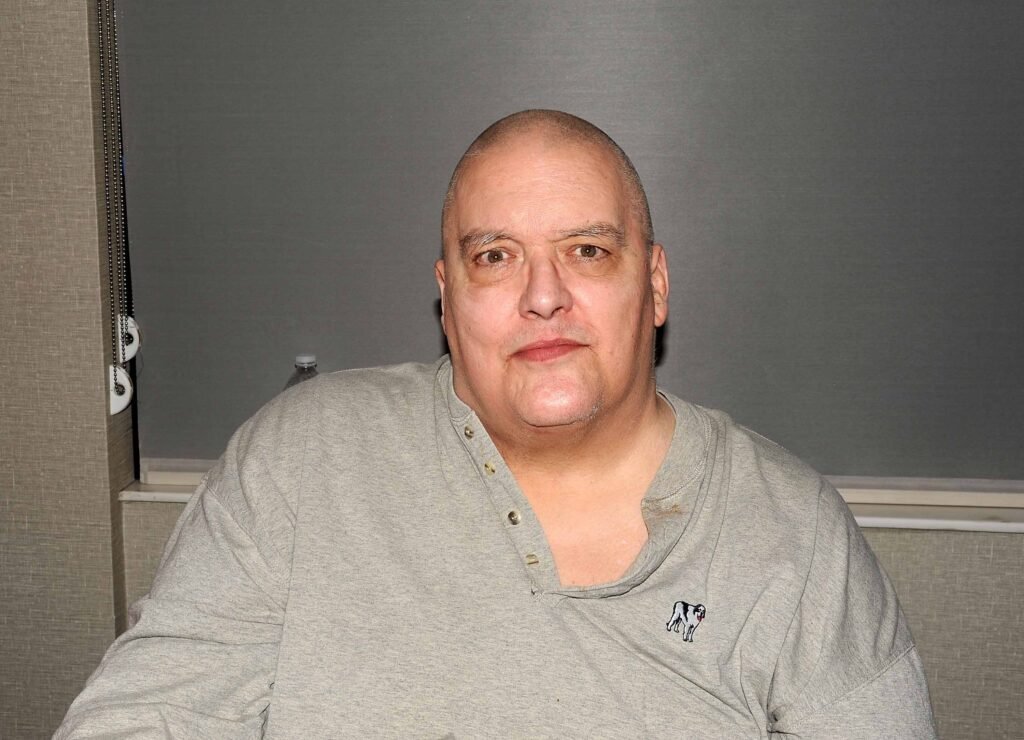
On March 4, 2019, the wrestling world lost a legend when Christopher Alan Pallies, known to millions as King Kong Bundy, passed away at the age of 61.
Pallies died at his home in Glassboro, New Jersey, from complications related to diabetes.
His passing marked the end of an era for fans who grew up watching his imposing presence and dominating performances in the ring during the golden age of professional wrestling.
Pallies’ health had been a growing concern in his later years, as he battled the effects of diabetes, a condition that can have severe complications if not properly managed.
Related Article: Dory Funk Jr. Then and Now
Despite the tough and intimidating persona he projected throughout his wrestling career, Pallies’ struggle with his health highlighted the very real and human challenges he faced behind the scenes.
Like many athletes who push their bodies to the limit, Pallies dealt with health issues after his retirement from the ring, a reminder of the toll that a physically demanding career can take.
The news of Pallies’ death was met with an outpouring of tributes from fans, fellow wrestlers, and industry professionals.
His contributions to the sport, particularly during his prime in the 1980s, were widely recognized, and his larger-than-life character left an indelible mark on the history of professional wrestling.
Related Article: Ric Flair Then and Now
Known for his signature look, devastating finishing moves, and his unique demand for a five-count pinfall, King Kong Bundy was an unforgettable figure in the wrestling world.
Even as his health declined, Pallies remained connected to his fans and the wrestling community.
He often made appearances at conventions and autograph signings, where he was known to share stories and interact warmly with those who had followed his career.
His passing served as a poignant reminder of the human side of wrestling legends—individuals who, behind their on-screen personas, face the same health struggles and personal challenges as anyone else.
Related Article: Hulk Hogan Then and Now
In the end, Pallies’ legacy is not only defined by his achievements in the ring but also by the resilience and strength he showed in dealing with the difficulties in his later life.
His death in 2019 brought an outpouring of memories and gratitude from fans who fondly recalled his larger-than-life presence and the excitement he brought to wrestling.
Though gone, King Kong Bundy’s influence and memory continue to live on in the hearts of those who remember his contributions to the sport.
King Kong Bundy’s Net Worth
At the time of his death in 2019, King Kong Bundy, known not only for his wrestling career but also for his ventures into stand-up comedy and acting, had an estimated net worth of $50,000.
FAQs
King Kong Bundy stood at 6 feet 4 inches (193 cm) tall.
He weighed around 458 pounds (208 kg) in his prime.
King Kong Bundy was defeated by several top wrestlers, including Hulk Hogan and The Undertaker.
Although he was a major star, King Kong Bundy never held a major championship in WWE but did win regional titles in other promotions.
King Kong Bundy passed away on March 4, 2019.
He was 61 years old at the time of his death.
Yes, he was previously married and had a son named David.


